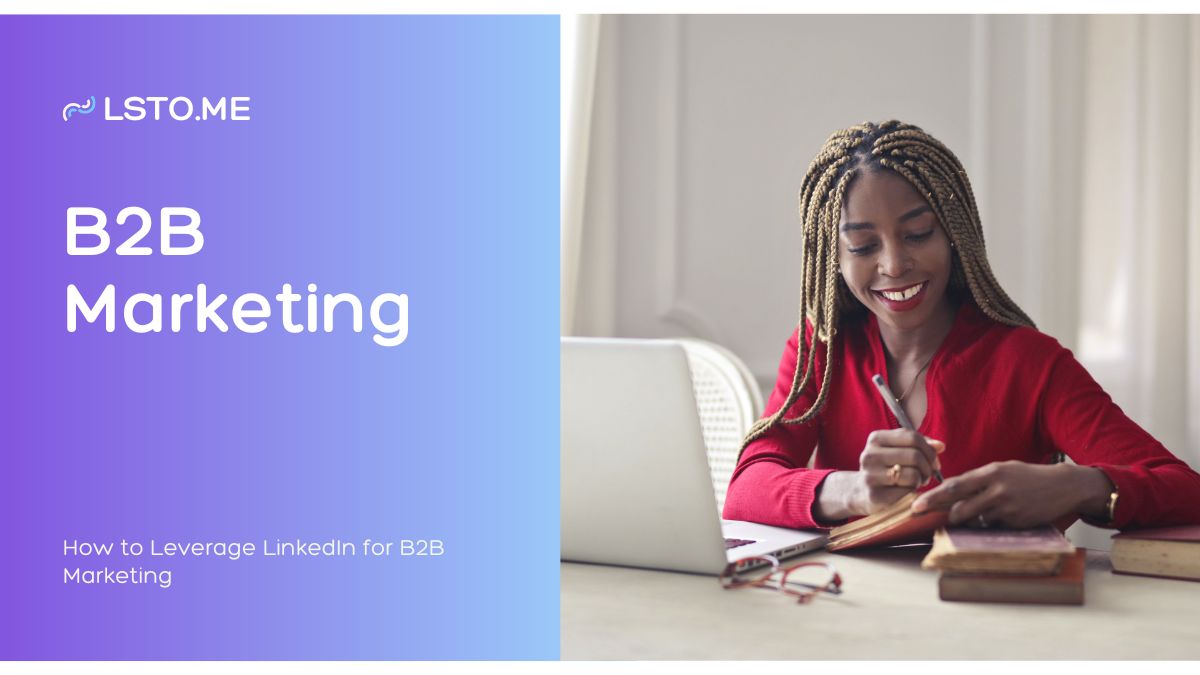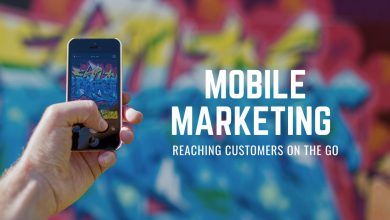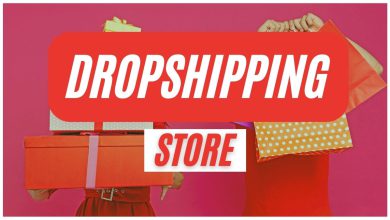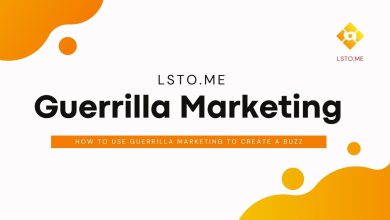
LinkedIn has grown from a simple professional networking site. It has become a powerful platform for B2B marketing. LinkedIn has over 700 million users. It gives businesses a great chance to connect. They can connect with industry professionals, decision-makers, and potential clients. Using LinkedIn for B2B marketing can help you build brand awareness. It can also help you generate leads and establish thought leadership. This blog post will explore effective strategies. It will show how to use LinkedIn to improve your B2B marketing.
Why LinkedIn for B2B Marketing?
LinkedIn is a professional networking site. It is unique. This makes it the ideal platform for B2B marketing. Here are a few reasons why LinkedIn should be a cornerstone of your B2B marketing strategy:
- Professional Audience: LinkedIn’s user base consists primarily of professionals, including executives, managers, and decision-makers from various industries.
- Targeted Advertising: LinkedIn’s advanced targeting options allow you to reach specific demographics, job titles, industries, and companies.
- Thought Leadership: LinkedIn offers various tools and features to help you establish your brand as a thought leader in your industry.
- Lead Generation: LinkedIn’s robust lead generation tools, such as LinkedIn Lead Gen Forms, can help you capture high-quality leads directly from the platform.
Building a Strong LinkedIn Presence
1. Optimize Your Company Page
Your LinkedIn Company Page is the foundation of your presence on the platform. Here’s how to optimize it for maximum impact:
- Complete Your Profile: Ensure that your Company Page is fully completed with a professional logo, banner image, company description, website link, and contact information.
- Engaging Description: Write a compelling company description that highlights your unique value proposition, services, and industry expertise. Use keywords relevant to your industry to improve search visibility.
- Showcase Pages: Create Showcase Pages to highlight specific products, services, or business units. This allows you to target different audience segments with tailored content.
- Regular Updates: Keep your Company Page active by regularly posting updates, industry news, and company announcements. This keeps your audience engaged and informed.
2. Create a Content Strategy
Good content is key on LinkedIn. A well-planned content strategy can help you attract and engage your target audience. Here’s how to create an effective content strategy:
- Identify Your Audience: Define your target audience based on factors such as industry, job title, company size, and location. Understanding your audience helps you create relevant content that resonates with them.
- Content Types: Use a mix of content types, including articles, blog posts, infographics, videos, and SlideShare presentations. This variety keeps your audience engaged and caters to different preferences.
- Content Calendar: Develop a content calendar to plan and schedule your posts. Consistency is key to maintaining engagement and building a loyal audience.
- Engaging Posts: Craft engaging posts that provide value to your audience. Share industry insights, tips, case studies, and thought leadership articles. Encourage discussions and interactions by asking questions and responding to comments.
3. Leverage LinkedIn Groups
LinkedIn Groups are a great way to connect with similar professionals. They are also a way to connect with potential clients. Here’s how to leverage LinkedIn Groups for B2B marketing:
- Join Relevant Groups: Identify and join LinkedIn Groups that are relevant to your industry and target audience. Participate actively by sharing valuable content and engaging in discussions.
- Create Your Own Group: Consider creating your own LinkedIn Group focused on a specific industry niche or topic. This allows you to build a community around your brand and establish yourself as a thought leader.
- Group Engagement: Be active in the groups by posting regularly, responding to discussions, and providing helpful insights. This builds your credibility and helps you connect with potential clients.
Advanced LinkedIn Marketing Strategies
1. LinkedIn Advertising
LinkedIn’s ad platform offers powerful tools. They let you reach your target audience precisely. Here’s how to make the most of LinkedIn advertising:
- Sponsored Content: Promote your posts to reach a wider audience. Sponsored Content appears in the LinkedIn feed and can help increase visibility and engagement.
- LinkedIn Ads: Create targeted ads using LinkedIn’s Campaign Manager. You can choose from various ad formats, including text ads, sponsored InMail, and video ads. Use LinkedIn’s targeting options to reach specific job titles, industries, and companies.
- Lead Gen Forms: Use LinkedIn Lead Gen Forms to capture leads directly from your ads. These forms are pre-filled with LinkedIn profile information, making it easy for users to submit their details.
2. Employee Advocacy
Your employees can be powerful brand advocates on LinkedIn. Here’s how to leverage employee advocacy:
- Encourage Sharing: Encourage your employees to share company content, updates, and achievements on their LinkedIn profiles. This extends your reach and adds credibility to your brand.
- Employee Profiles: Ensure that your employees have optimized LinkedIn profiles that reflect your company’s brand and values. Provide them with training and resources to improve their LinkedIn presence.
- Employee Generated Content: Encourage employees to create and share their own content, such as articles, blog posts, and videos. This adds a personal touch and humanizes your brand.
3. LinkedIn Analytics
LinkedIn Analytics provides great insights. They show how well your content and ads are doing. Here’s how to use LinkedIn Analytics to refine your strategy:
- Track Engagement: Monitor engagement metrics such as likes, comments, shares, and click-through rates to understand what types of content resonate with your audience.
- Audience Insights: Analyze your audience demographics, including job titles, industries, and locations, to ensure you’re reaching the right people.
- Ad Performance: Track the performance of your LinkedIn ads, including impressions, clicks, conversions, and cost per lead. Use this data to optimize your campaigns for better results.
Best Practices for LinkedIn B2B Marketing
1. Provide Value
Focus on providing value to your audience with every post and interaction. Share insights. Share tips and info. They can help your audience solve problems and achieve their goals. Valuable content builds trust and positions your brand as an industry authority.
2. Engage Authentically
Engage with your audience authentically and genuinely. Answer comments. Join discussions. And, show appreciation for your audience’s support. Authentic engagement builds relationships and fosters a loyal community.
3. Stay Consistent
Consistency is key to building a strong LinkedIn presence. Post regularly. Keep a consistent brand voice. Stay active in groups and discussions. Consistency helps you stay top of mind with your audience. It also reinforces your brand.
4. Experiment and Iterate
Don’t fear to experiment. Try different content formats, posting times, and ad strategies. Use LinkedIn Analytics to track your results and iterate based on what works best. You must keep improving to stay competitive. The world of B2B marketing is dynamic.
Conclusion
LinkedIn is great for B2B marketing. It offers unique chances to connect with industry pros. You can also get leads and show thought leadership. You can reach your target audience well. To do this, improve your Company Page. Make a good content plan. Use LinkedIn Groups. And use advanced ads and analytics tools. Follow best practices. They provide value and engage authentically. Stay consistent. Also, continuously refine your strategy. Use LinkedIn’s potential. It can lift your B2B marketing and reach your business goals.




